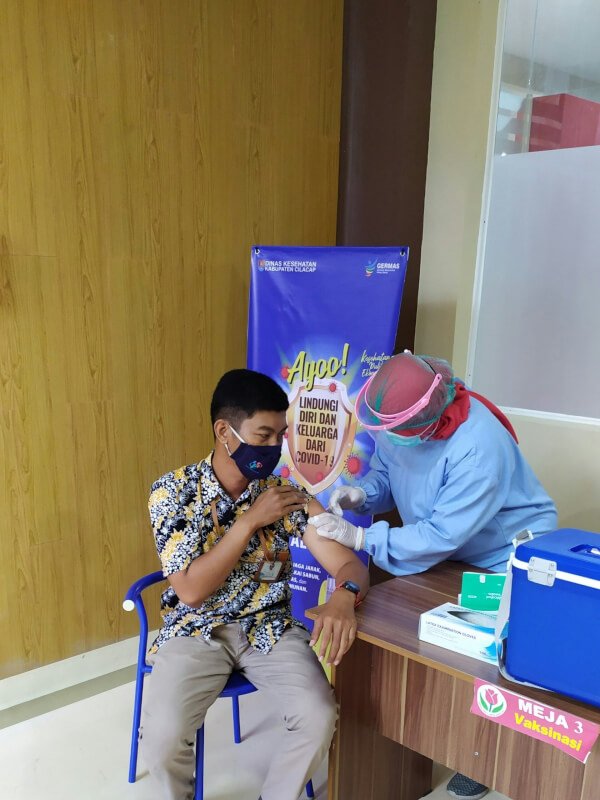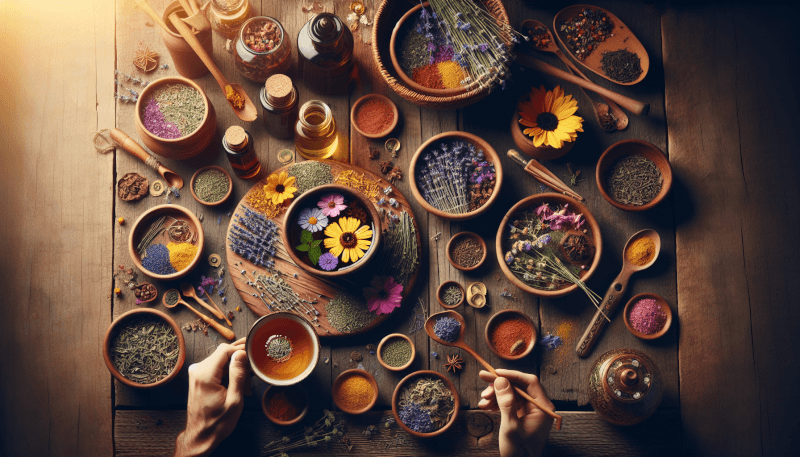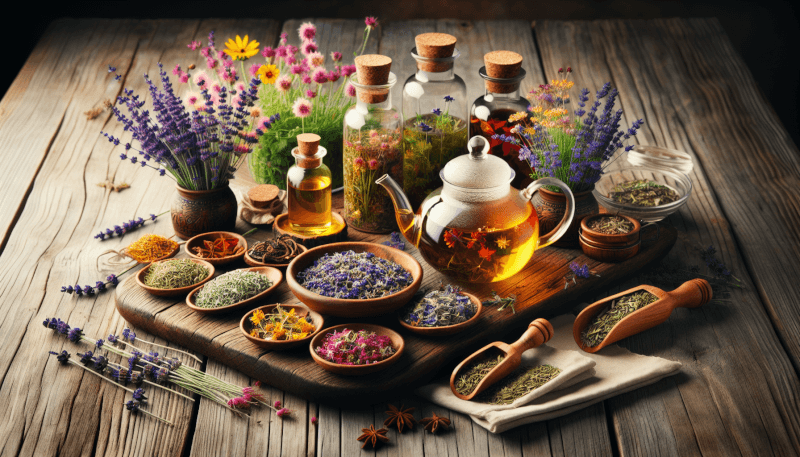Imagine yourself steeped in the comforting aroma of freshly brewed herbal tea, each sip a harmonious blend of fragrant herbs and delightful flavors. In this article, we will share invaluable tips to help you perfect the art of herbal infusions. From selecting the finest quality herbs to mastering the art of steeping, our friendly guide will empower you to create exquisite herbal concoctions that not only delight the senses but also offer numerous health benefits. So grab your teacup and let’s embark on a journey of aromatic herbal bliss!

Choosing the Right Herbs
When it comes to creating delicious and beneficial herbal infusions, choosing the right herbs is essential. Consider the purpose of your infusion—whether you’re seeking relaxation, immune-boosting properties, or aid with digestion. Each herb has its own unique properties, so understanding what you hope to achieve will guide your selection process.
Knowing the Purpose
Before starting your infusion journey, take some time to determine the purpose behind your desired concoction. Are you looking for a soothing herbal blend to promote relaxation and sleep? Or perhaps you’re hoping to create an infusion that will give your immune system a boost. Understanding the purpose behind your infusion will help you choose the best herbs for the job.
Considering Flavor Profiles
Flavor plays a significant role in the enjoyment of herbal infusions. Consider the flavor profiles of the herbs you plan to use and how they will complement or contrast with one another. Some herbs have a light, floral taste, while others might have a stronger, earthy flavor. Experimentation is key in finding the perfect balance of flavors that suits your palate.
Understanding Medicinal Properties
Herbal infusions have been used for centuries for their medicinal properties. Take the time to research and understand the potential benefits and risks associated with the herbs you plan to use. Consult reliable sources such as herbalists or reputable websites to ensure you are aware of any potential interactions or contraindications.
Preparing the Herbs
Proper preparation of your herbs is crucial for creating high-quality infusions. Pay attention to the timing of harvesting, the process of drying and storing, as well as cleaning and sorting.
Harvesting at the Right Time
Timing is everything when it comes to harvesting herbs. Different herbs have different peak times for harvesting, often depending on whether you are after the leaves, flowers, or roots. Research each herb in your garden or visit local farmers’ markets to find the best time to pick your herbs for optimal flavor and potency.

Drying and Storing
Once harvested, it’s important to dry your herbs properly to preserve their unique flavors and medicinal properties. Spread the herbs in a cool, dry place with good airflow, away from direct sunlight. After they’ve dried thoroughly, store them in airtight containers to maintain their freshness until you’re ready to use them in your infusions.
Cleaning and Sorting
Before using your harvested herbs for infusions, make sure you clean and sort them properly. Remove any dirt or debris by gently rinsing the herbs under cool water. Afterward, carefully sort through the herbs, discarding any damaged or discolored parts. This will ensure you’re using the highest quality ingredients in your infusions.
Water Temperature and Quantity
Getting the water temperature and quantity right is a crucial step in achieving the perfect herbal infusion. Pay attention to the ideal temperature for your specific herbs and the proper water-to-herb ratio.
Determining the Ideal Temperature
Different herbs require different water temperatures to extract their unique flavors and medicinal properties fully. Some herbs thrive in hotter water, while others prefer a gentler infusion in cooler water. Experiment with different temperatures and take note of the results to find the ideal temperature for each herb.
Finding the Right Water-to-Herb Ratio
Balancing the water-to-herb ratio is essential for achieving the desired flavor and potency in your infusions. Too little water can result in a weak and underwhelming infusion, while too much water can dilute the flavors and medicinal properties of the herbs. Start with a general guideline and adjust the ratio to suit your personal taste preferences.
Infusion Techniques
There are various infusion techniques to explore, each with its own unique characteristics. Try experimenting with hot infusions, cold infusions, and decoctions to discover the method that best suits your desired outcome.

Hot Infusions
Hot infusions involve steeping herbs in hot water to extract their flavors and properties efficiently. This method is great for herbs with delicate flavors that release their essence quickly in hot water. Heat the water to the appropriate temperature and steep the herbs for the recommended time to achieve the desired results.
Cold Infusions
Cold infusions are perfect for herbs that are more delicate and might lose some of their flavors and medicinal properties in hot water. Simply immerse the herbs in cold water and allow them to steep for an extended period, typically overnight. The longer steeping time allows for a gentle extraction of flavors and properties, resulting in a refreshing and mellow infusion.
Decoctions
Decoctions are particularly useful for herbs with hardy parts, such as roots, bark, or seeds, that benefit from a longer cooking process. To prepare a decoction, simmer the herbs in water for an extended period to extract their beneficial properties fully. This method results in a more concentrated infusion, making it a great choice for medicinal purposes.
Using the Right Equipment
Having the appropriate equipment on hand can enhance your herbal infusion experience. Invest in teapots and teaware, infuser baskets, and a mortar and pestle to elevate your infusion-making process.
Teapots and Teaware
Teapots and teaware designed specifically for herbal infusions can improve the overall experience. Opt for teapots made from materials that retain heat effectively, such as ceramic or cast iron. Teaware such as strainers, tea balls, or teapot infusers can make it easier to separate the herbs from the liquid once the infusion is complete.
Infuser Baskets
Infuser baskets are a practical tool for loose-leaf herb infusions. These baskets are placed directly into your teapot or cup and hold the herbs securely, allowing for convenient steeping and easy removal. Choose a fine-mesh infuser basket to prevent small pieces of herbs from entering your drink.

Mortar and Pestle
A mortar and pestle is a traditional tool used for grinding herbs and releasing their flavors and medicinal properties. This method is especially useful when working with dried herbs or seeds. The grinding process allows you to create a finer texture, maximizing the infusion’s extraction potential.
Steeping Times
Properly understanding and managing the steeping times for your herbal infusions is crucial for achieving the desired flavor and potency.
Knowing the Herb’s Strength
Different herbs vary in their strength and the time it takes to extract their flavors and medicinal properties fully. Research the recommended steeping times for each herb you plan to use to avoid under or oversteeping. Keeping track of the duration and results will help you refine your process over time.
Experimenting with Steep Times
While guidelines for steeping times can provide a helpful starting point, don’t be afraid to experiment with different durations. Taste your infusion at various intervals to determine the point at which it achieves the desired strength and flavor profile. Personal preference plays a significant role in finding the ideal steeping time for each herb.
Avoiding Oversteeping
Oversteeping can result in a bitter taste and the extraction of unwanted compounds from the herbs. Once you’ve determined the appropriate steeping time, make sure to remove the herbs promptly from the water. The timing may vary for each herb, so pay close attention to avoid oversteeping and achieve the best results.
Enhancing Flavor
To take your herbal infusions to the next level, consider adding flavorful ingredients, using sweeteners and enhancers, and experimenting with blending different herbs.

Adding Flavorful Ingredients
Enhance the flavor of your infusions by incorporating complementary ingredients. For example, a squeeze of lemon or a sprig of mint can add a refreshing twist. Consider spices like cinnamon or ginger for a warming infusion, or even try adding fruit slices for a burst of sweetness and complexity.
Using Sweeteners and Enhancers
If you prefer a sweeter infusion, add natural sweeteners such as honey, agave nectar, or stevia. These alternatives can enhance the flavor profile without overpowering the herbs. Additionally, you can explore other enhancers like vanilla extract or grated citrus zest for added depth and complexity.
Blending Different Herbs
Experimentation is the beauty of herbal infusions. Don’t be afraid to blend different herbs together to create unique flavor combinations and maximize the potential health benefits. Consider the interaction of each herb’s properties and flavors to create harmonious and well-balanced blends.
Benefits of Herbal Infusions
Beyond their delicious flavors, herbal infusions offer a range of benefits for your well-being. Discover the potential advantages of incorporating herbal infusions into your daily routine.
Promoting Relaxation and Sleep
Certain herbs, such as chamomile, lavender, and passionflower, are known for their calming properties. Enjoying a warm infusion of these herbs before bed can help you relax, unwind, and maintain a healthy sleep routine.
Boosting the Immune System
Herbs like echinacea, elderberry, and ginger are reputed for their immune-boosting properties. Regularly consuming infusions made from these herbs can support your body’s natural defenses and help ward off illness.
Aiding Digestion and Calming the Stomach
Herbal infusions can also be beneficial for digestion and soothing an upset stomach. Peppermint, fennel, and ginger are commonly used herbs known to aid digestion and provide relief from discomfort. Enjoying a cup of these infusions after a meal can help improve digestion and promote overall gastrointestinal health.
Storing and Packaging
Properly storing and packaging your herbal infusions ensures the longevity of their flavor and potency.
Preserving Freshness
To preserve the freshness of your herbal infusions, store them in airtight containers away from direct sunlight and excessive heat or moisture. A cool, dark pantry is an ideal location. Keep in mind that some strong-scented herbs may require individual containers to prevent their aromas from mingling with other infusions.
Choosing the Right Containers
Select appropriate containers for your herbal infusions based on the quantity and frequency of use. Glass jars with tight-fitting lids are an excellent choice, as they are non-reactive and allow for easy monitoring of the infusion’s condition. Remember to label each container with the infusion’s name and the date of preparation.
Labeling and Dating
Labeling your infusions is essential for easy identification and tracking. Make sure to include the name of the infusion, the date it was prepared, and if desired, any additional instructions or notes. Proper labeling will allow you to keep track of the freshness and avoid confusion with multiple infusions in your collection.
Common Mistakes to Avoid
To ensure that your herbal infusions turn out perfectly, be mindful of these common mistakes and take steps to avoid them.
Using Poor Quality Herbs
The quality of the herbs you use plays a significant role in the outcome of your infusions. Avoid using old or stale herbs, as they may have lost their flavor and potency. Whenever possible, choose fresh, high-quality herbs to ensure the best results.
Overcomplicating Blends
While blending different herbs can be exciting, it’s important not to overcomplicate your infusions. Combining too many flavors can result in a muddled or overpowering taste. Start with two or three herbs and experiment with different combinations to find the perfect balance of flavors.
Neglecting Proper Herbal Storage
Improper storage can quickly degrade the quality of your herbs and infusions. Store your herbs in airtight containers and keep them away from direct sunlight, heat, and humidity. Regularly check on your infusions and discard any that show signs of spoilage or loss of flavor.
In conclusion, mastering the art of herbal infusions requires careful consideration and experimentation. By choosing the right herbs, understanding their medicinal properties, and following proper preparation techniques, you can create delicious and beneficial infusions. Remember to pay attention to water temperature, steeping times, and flavor enhancers to achieve a well-balanced and flavorful infusion. With practice and attention to detail, you’ll elevate your herbal infusion skills and enjoy the many benefits they offer.


